Top Things to Know Before Buying Indoor Plant Soil
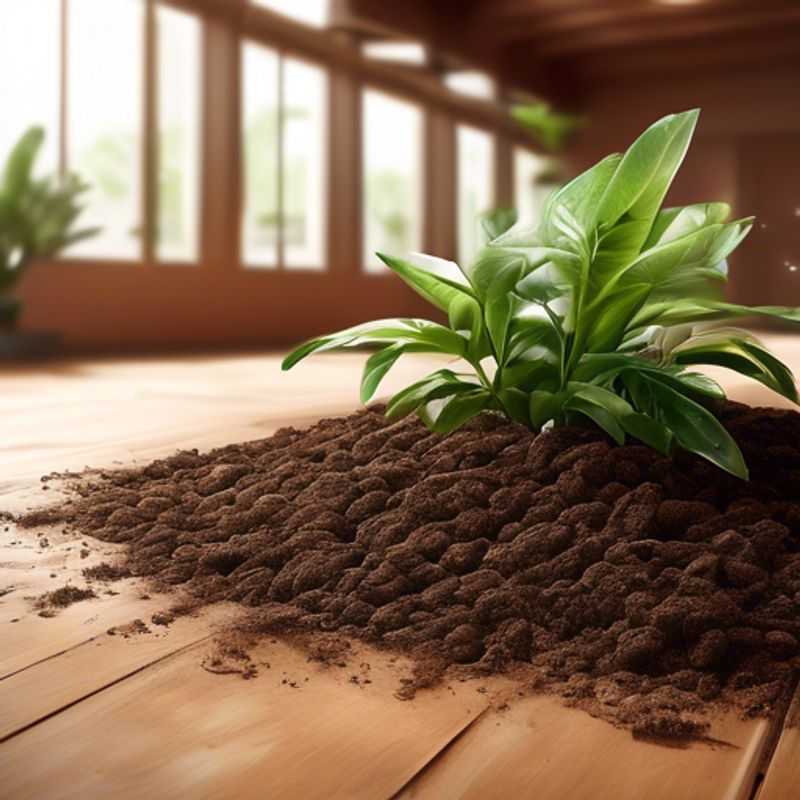
Top Things to Know Before Buying Indoor Plant Soil: A Guide to Finding the Perfect Blend for Your Green Friends
Choosing the right soil for your indoor plants is crucial for their health and well-being.

Decoding the Dirt: Understanding Different Types of Indoor Plant Soil
When selecting soil for your indoor plants, understanding the different types is crucial. The right soil can make a world of difference in your plant's health and growth.
Potting mix, the most common type, is a blend of ingredients designed for general plant use. It typically contains peat moss, coir, vermiculite, and perlite, offering good drainage and moisture retention. This is a good starting point for many indoor plants, but you might find that specialized mixes are more suitable depending on your specific plants.
Seed starting mix is specifically designed for germinating seeds. It’s usually lighter and finer than potting mix, providing optimal conditions for delicate seedlings. This type of soil is often sterile to prevent fungal diseases. Once your seedlings have developed a strong root system, you can transplant them into regular potting mix.
Succulent/cactus mix is formulated for plants that prefer well-drained, gritty soil. It often contains materials like pumice, sand, and gravel to enhance drainage and prevent overwatering. This type of soil is essential for succulents and cacti, as their roots are prone to rotting in overly wet conditions.
Choosing the correct soil type based on your plant's needs is essential for their health and longevity. If you're unsure which soil is best for your specific plants, it's always a good idea to do some research or consult with a gardening expert. Remember, happy plants thrive in happy soil!
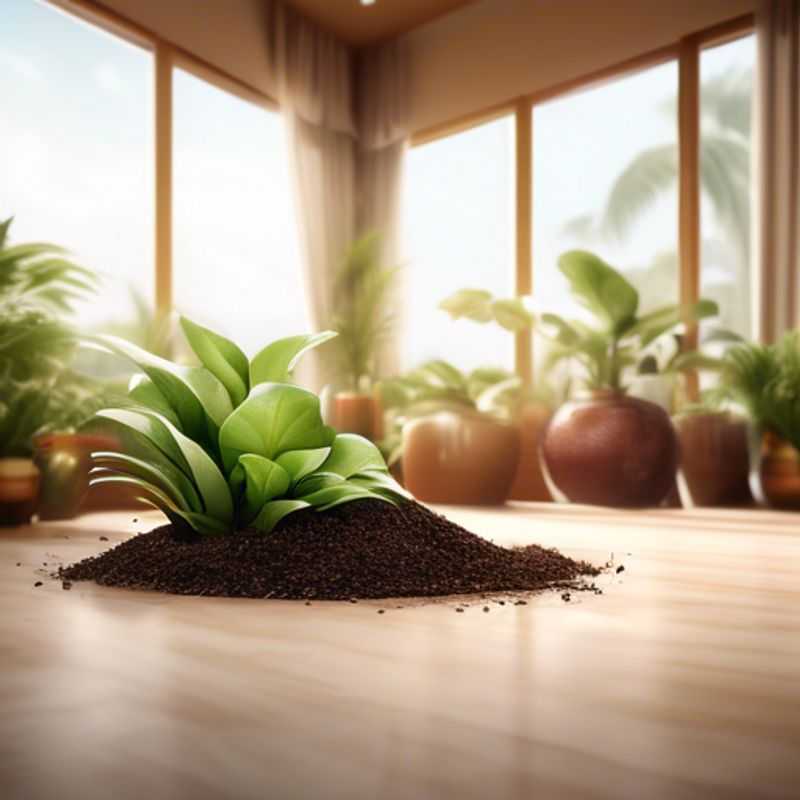
Tailor Your Soil: Understanding Plant-Specific Needs
Choosing the right soil for your plants is crucial for their growth and health. Different plants have varying soil preferences, so understanding their specific needs is essential.
For example, acid-loving plants like blueberries and azaleas thrive in acidic soil, while roses prefer well-drained, slightly acidic soil. Likewise, vegetables like tomatoes and peppers require rich, well-draining soil.
Before planting, consider conducting a soil test to determine the pH level and nutrient content of your garden. This will help you tailor your soil mix accordingly. You can find soil testing kits at most garden centers or online retailers.
You may need to add amendments to your soil to achieve the desired conditions for your plants. Common amendments include:
• Compost: Adds organic matter, improves drainage, and provides nutrients.
• Peat Moss: Improves soil structure and acidity.
• Vermicast: Rich in nutrients and beneficial microorganisms.
• Lime: Raises soil pH for plants that prefer alkaline conditions.
When choosing soil, consider the following factors:
• Drainage: Good drainage is essential to prevent root rot.
• Nutrient Content: Plants need different nutrients for healthy growth.
• Texture: Soil texture affects drainage and root development.
By understanding the specific needs of your plants and adjusting the soil accordingly, you can provide them with the ideal environment for thriving growth and a flourishing garden.
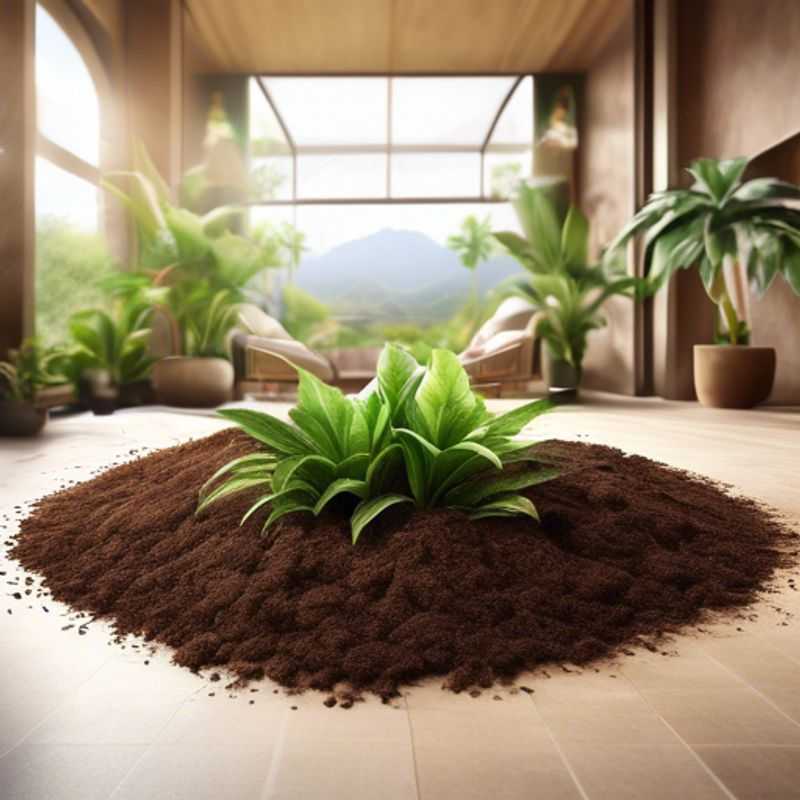
Well-Draining Soil: The Key to Happy Plants
Choosing the right soil is crucial for the health and growth of your plants. Well-draining soil, which allows excess water to pass through easily, is essential for preventing waterlogging and root rot.
Waterlogged soil, where water accumulates and doesn't drain away, creates an environment where roots cannot get enough oxygen. This leads to root rot, a condition that can ultimately kill your plants.
You can identify well-draining soil by its loose texture and crumbly structure. It should feel light and airy when you hold it in your hand. Avoid soils that are dense and compact, as they will likely retain too much water.
If you're unsure about the drainage of your soil, you can test it by digging a hole about a foot deep and filling it with water. If the water drains away quickly, you have well-draining soil. If the water sits for a long time, you may need to improve drainage by adding amendments like compost, sand, or perlite to your soil.
Remember, well-draining soil is an important factor in keeping your plants healthy and thriving. By choosing the right soil, you can prevent waterlogging and root rot, ensuring that your plants have the best possible chance of success.
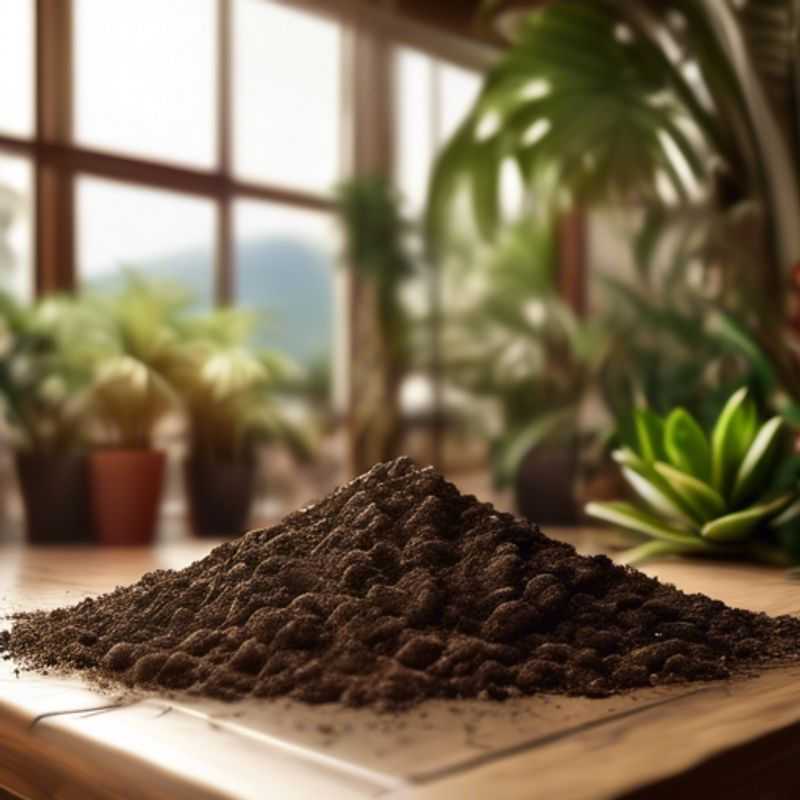
Soil pH: The Secret Key to Happy, Healthy Plants
The pH level of your soil is crucial for healthy plant growth. Different plants have different pH preferences, and knowing your soil's pH level allows you to adjust it to meet their needs.
A pH scale, ranging from 0 to 14, measures acidity (0-6) and alkalinity (8-14), with 7 being neutral. Most plants thrive in slightly acidic to neutral soil, between 6.0 and 7.0.
You can test your soil's pH using a simple kit available at most garden centers. Follow the instructions carefully, ensuring an accurate reading.
If your soil is too acidic, you can raise its pH by adding lime. For alkaline soil, you can add sulfur or peat moss to lower the pH.
Adjusting soil pH is a gradual process. Test your soil regularly after making adjustments, and continue until you achieve the desired pH level.
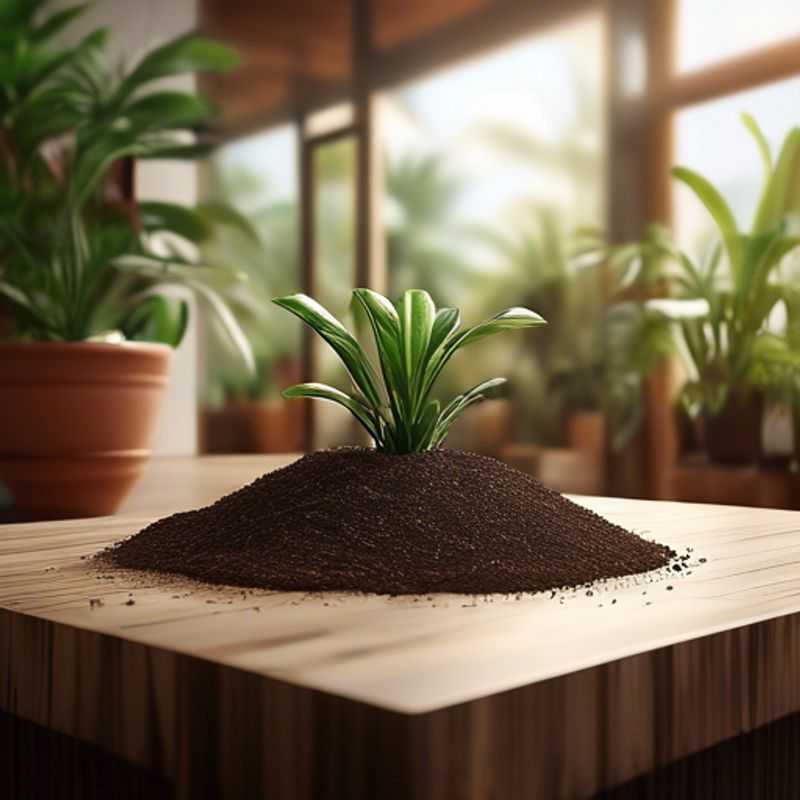
Why You Should Avoid Using Garden Soil in Your Pots
Avoiding the use of garden soil is crucial for successful gardening, as it often contains pests, diseases, and weed seeds that can harm your plants. Using garden soil can lead to the introduction of harmful organisms into your garden, which can negatively affect plant health and yield. Instead, consider using sterilized potting mixes or soilless growing mediums specifically designed for container gardening.
When planning your gardening activities, be aware of potential costs involved. If you choose to purchase specialized soil or potting mixes, prices can vary widely based on quality and brand. Additionally, investing in soil testing kits can help you determine the health of your existing soil before making any decisions. If you are considering composting, this can also incur expenses for materials and maintenance.
In summary, using garden soil can lead to significant issues in your gardening efforts. Opt for clean, high-quality alternatives to ensure a healthy garden, and always factor in the costs of soil management when planning your gardening projects.
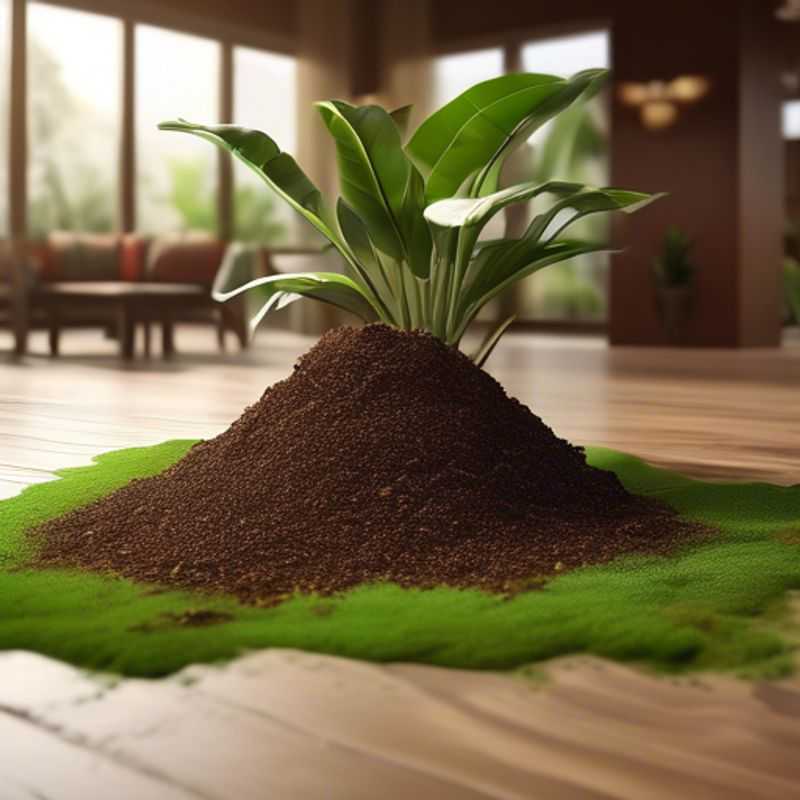
The Importance of Lightweight, Aerated Soil for Thriving Roots
When selecting soil for your plants, opt for a lightweight and aerated mix. This allows for healthy root growth, crucial for nutrient absorption and overall plant health. Lightweight soils are easier for roots to penetrate, while good aeration ensures adequate oxygen supply for root development.
Here's a breakdown:
Lightweight soils are often composed of materials like coco coir, perlite, or vermiculite. These ingredients improve drainage and prevent soil compaction.
Aeration refers to the presence of air spaces within the soil. This allows for better root breathing, which is essential for root function and ultimately, plant vigor.
In short, prioritizing lightweight and aerated soil is a simple yet effective way to provide your plants with the optimal environment for thriving.
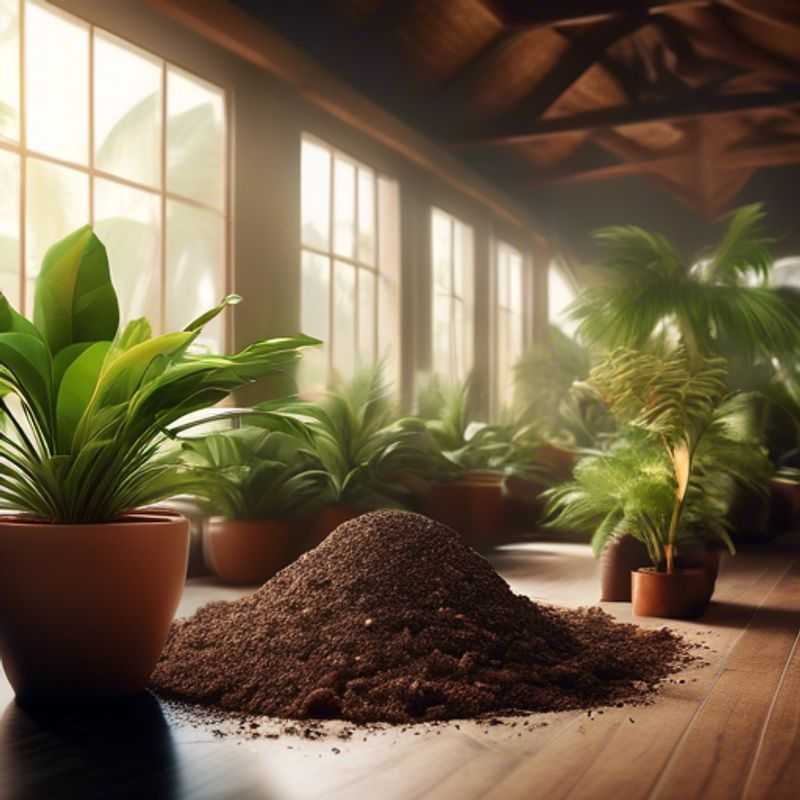
Boosting Soil Health: The Benefits of Perlite and Vermiculite
Perlite and vermiculite are commonly used soil amendments that can significantly improve soil structure and drainage. These lightweight, porous materials help to create air pockets within the soil, enhancing aeration and water retention.
Perlite is a volcanic glass that is heated to create a lightweight, expanded material. It's excellent for improving drainage in heavy clay soils, as it helps to prevent waterlogging and create a more hospitable environment for roots.
Vermiculite is a mica mineral that expands when heated. It has a larger surface area than perlite and is known for its excellent water-holding capacity. Vermiculite is particularly beneficial for sandy soils that tend to dry out quickly, as it helps retain moisture and nutrients.
When adding perlite or vermiculite to your soil, it's essential to consider the type of soil you're working with. For example, you might add a smaller amount to a sandy soil than to a heavy clay soil. It's also crucial to avoid over-amendment, as this can lead to poor aeration and root growth.
